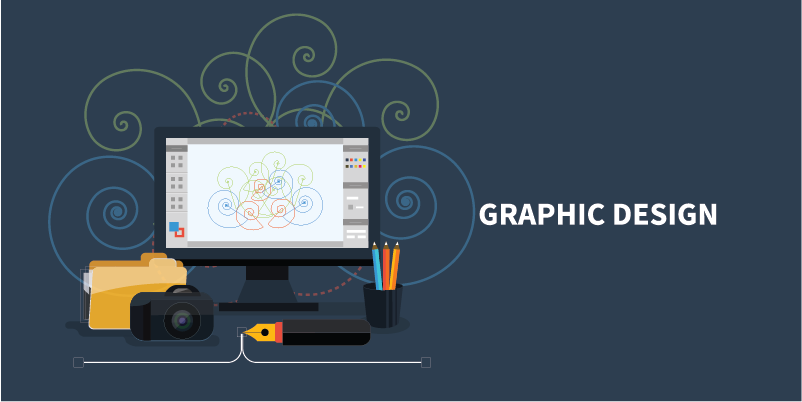Standing Out With Your Logo Design

Researching the logo of competitors.
Logo’s are represented all over the world. To create a unique and creative logo takes time. Competing companies can be widely known for their logo design along with the name that is attached. A logo designer cannot possibly create the best logo design without looking into the market first.
A logo designer has to look at popular brands design and figure out why their logo has some much prestige. What makes their logo more unique than their counterpart? A series of questions must be asked before pen or pencil hits the sketching paper. Websites such as freelancer.com or 99designs.com offer logo contests, but in my opinion, it is better to work with professional logo designers who can meet and adjust to your requirements. Logo design is afterall an iteration process. Josh here at Graftene or the guys at juicylogos.com can help with your logo design.
Keeping the logo original.
The artwork of a logo must always be original artwork. No one, more precisely consumers, is interested in buying the product of a brand that duplicates someone else’s logo. Of course, it is unlawful to use the same logo as another name-brand, but trying to imitate the logo even slightly is detrimental to business. An original and well-made logo will help the company stand out and possibly generate more sales.
The logo’s distinct artwork will separate a company from its competition, hopefully creating a great name for the business within the industry.
The process of logo designing.
A logo does not become a logo until there is an original vision set forth. The client will consult the idea with the logo designer before a sketch is created. After vigorous research has been conducted, the logo designer sits down and begins the drawing process.
The will view the finished sketch design and decide whether or not the logo will fit with their name. It’s imperative that the logo and the name of the company match together well. The illustration of the logo must be able to provide some type of feeling or give some kind of meaning to the consumer. If the client does not like how the design looks, then he will instruct the logo designer to sketch out a similar or different design.
The meaning of the logo.
What will the consumer think when he/she picks up the product and looks at the logo. What feelings will this provoke? Just like it is stated in the above paragraph; a logo needs to be meaningful as well as representative of consumers and the company itself. A logo of a dog on a Coca-Cola product could confuse a handful of people unless the brand and the logo can correlate. This concept should be common sense, however; it is easy to lose sight of what the brand entails when thinking about a logo design.
If the logo provokes angry or negative feelings, it should not be used to represent the company. There may be a few exceptions when dealing with negative logos such as Halloween brands and intentionally harmful products.
The font and text of a logo.
Not every logo design needs text to be added to it. However, some companies tend to opt for this idea, emphasizing the name of their branding design. There are many modern fonts, but the best font will always be the one that stands out the most, a font that not every company is utilizing. How do you know when the chosen font is the right font? That is solely up to the client and the rest of the enterprise.
Take Coca-Cola for example; Their logo is primarily a cursive font. The name of the font is called the Spencerian Script, an old font created by Frank Mason Robinson in the late 1800’s. Imagine the Coca-Cola logo written with a different script. The logo would no longer be unique, nor would people be able to easily recognize it. The populace tends to have an easier time remembering visuals than they do letters and numbering. Coca-Cola executed their logo design wonderfully by using a unique lettering design.





